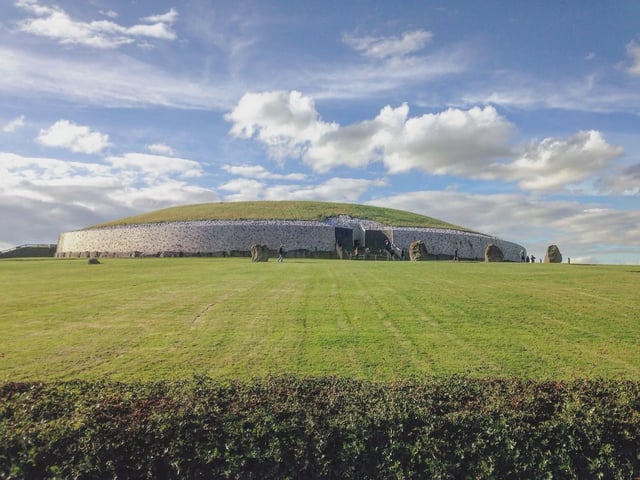Overview
- Genetic analysis of a skull fragment from Newgrange reveals a one-off incestuous parent-child or sibling union without evidence of recurring inbreeding in Neolithic Ireland.
- Archaeological surveys of nearby settlements document uniform houses, diets, and absence of specialized craftwork, challenging notions of a privileged ruling class.
- DNA comparisons show individuals buried in passage tombs were only distantly related, pointing to kinship-based communal burial practices over hereditary succession.
- Evidence of fragmented and cremated remains moved between sites illustrates communal mortuary rituals that transcended social hierarchies.
- Study authors caution against applying dynastic parallels from other ancient cultures to Irish megaliths without direct archaeological support.

